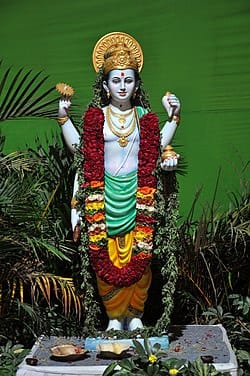
Ayurveda is a traditional system of medicine that started in ancient India. It is still widely used in India and Nepal today, with a large portion of the population relying on it. However, modern science considers many Ayurvedic ideas to be unproven or not scientifically valid. Some Ayurvedic medicines have been found to contain harmful heavy metals like lead and mercury. Ayurvedic treatments have been practiced for over 2,000 years. These treatments can include using herbs, following specific diets, meditation, yoga, massage, using oils, and cleansing techniques like enemas and laxatives. Some Ayurvedic texts even describe early forms of surgery such as nose reconstruction, removing kidney stones, stitching wounds, and treating eye problems.
The earliest written records of Ayurveda appear around the middle of the first millennium BCE. These texts often say that medical knowledge was passed down from gods to wise sages, and then to human doctors. One important text, the Sushruta Samhita, claims to be the teachings of Dhanvantari, the Hindu god of medicine, but older versions attribute the work directly to King Divodāsa.
A key idea in Ayurveda is the balance of the body’s energies, called doshas. There are three doshas: Vata, Pitta, and Kapha. When these are balanced, a person is healthy. When they are not, it is believed that illness follows. Ayurvedic medicine is divided into eight main areas, including general medicine, surgery, treatment of children, mental health, and rejuvenation therapies.
Ayurveda has also been brought to Western countries since the 1970s. Some modern wellness trends include ideas from Ayurveda. While some Ayurvedic treatments may help ease symptoms of diseases like cancer, there is no scientific proof that Ayurveda can cure such serious conditions.
Unfortunately, many Ayurvedic products have been found to contain dangerous substances like lead, mercury, and arsenic. A study in 2008 showed that about one in five Ayurvedic medicines sold online contained these toxic metals. The impact of these metals on public health in India is still unclear.
Meaning of the Word “Ayurveda”
The word “Ayurveda” comes from the Sanskrit words āyus (life) and veda (knowledge). It means “knowledge of life” or “knowledge of how to live long.”
you may also like https://thrievly.com/managing-stress-and-anxiety-with-ayurvedic-practices/
Eight Areas of Ayurvedic Medicine
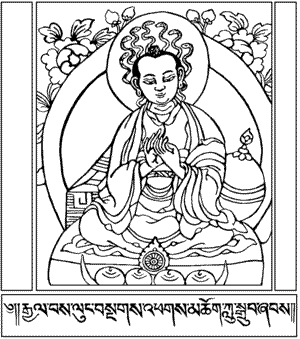
Ayurvedic medicine is traditionally divided into eight parts:
Vājīkaraṇatantra – Treatments to improve fertility, sexual health, and energy
Kāyachikitsā – General medicine
Kaumāra-bhṛtya – Childcare, including prenatal and postnatal care
Śalyatantra – Surgery
Śhālākyatantra – Treatment of diseases related to the head, like eyes, ears, and nose
Bhūtavidyā – Treating mental disorders and spirit possession
Agadatantra – Toxicology (studying poisons and their treatments)
Rasāyantantra – Anti-aging and strengthening treatments
Core Ideas and Concepts
Ayurveda shares some ideas with ancient Indian philosophies like Samkhya and Buddhism. It stresses living in balance and not suppressing natural urges like sneezing or going to the bathroom. However, it also teaches moderation in eating, sleeping, and sexual activity.
Ayurveda says the body is made of three parts:
- Tissues (called dhatus)
- Waste (called malas)
- Life forces or energies (called doshas)
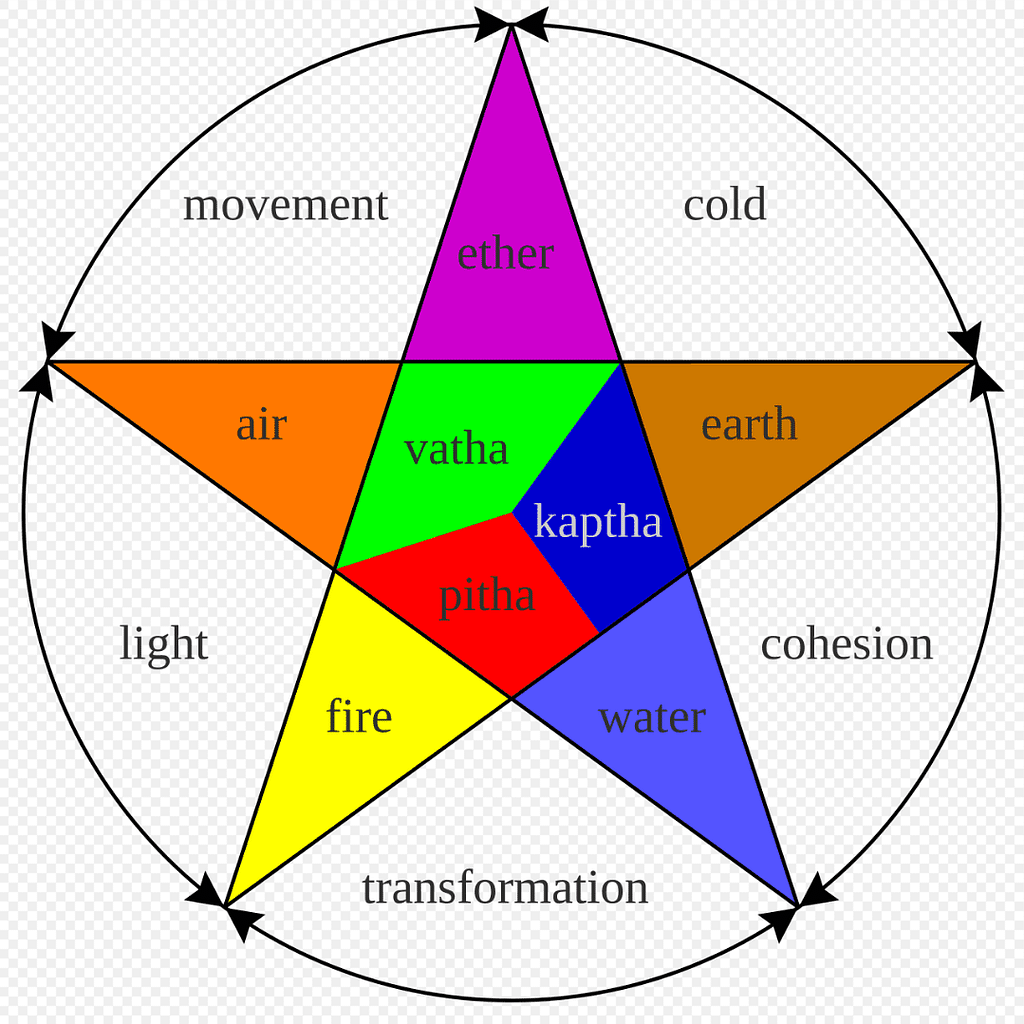
There are seven major tissues: fluids, blood, muscle, fat, bone, marrow, and reproductive fluid. Ayurveda also teaches that everything in the body and world is made of five elements: earth, water, fire, air, and ether (space).
Each person has a unique mix of the three doshas, and this mix affects their body type and personality. If one dosha becomes too strong or weak, it can cause disease. Ayurvedic practitioners try to balance the doshas through lifestyle changes and treatments.
Some people believe the doshas are connected to modern ideas like the nervous system or digestion. However, many scientists consider doshas to be unscientific and not based on real biological systems.
Another Ayurvedic concept is Ama, which means “undigested” or “toxic.” It refers to harmful substances that are thought to build up when digestion is incomplete. There is no direct match for this idea in modern medicine.
Ayurveda and Religion
In traditional Indian thinking, Ayurveda is sometimes called a “subsidiary Veda” or even the “fifth Veda.” It has deep links with religious texts like the Atharvaveda and the early Buddhist scriptures, which mention herbs and healing practices that are part of Ayurvedic tradition.
you may also likehttps://thrievly.com/skin-and-hair-care-the-ayurvedic-way/
Practice

Holistic Philosophy
Ayurveda views health as a balance between body, mind, and personality. Each element influences the others. Practitioners take a holistic approach, using this interconnected view for diagnosis and treatment. They believe that fluid-carrying channels in the body (called srotas) can become blocked, leading to illness. These can be opened through massage, oil treatments, and heat therapies like fomentation (Swedana).
Diagnosis in Ayurveda
Diagnosis relies on eight traditional methods: examining pulse, urine, stool, tongue, voice, touch, vision, and overall appearance. Practitioners also use all five senses during diagnosis—listening to a person’s speech or breathing is part of the assessment. The concept of marma points, or vulnerable body areas, is unique to Ayurveda.
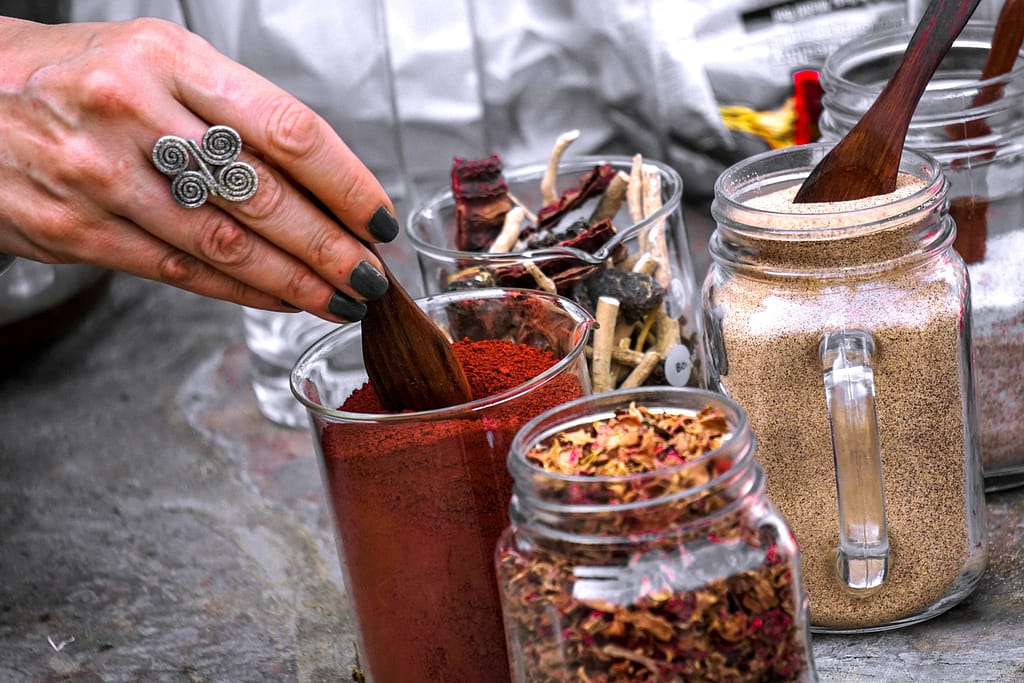
Treatment and Prevention While classical Ayurveda includes surgery, modern practices emphasize maintaining vitality through digestion, metabolism, and detoxification. Lifestyle habits like regular exercise, yoga, and meditation are encouraged. A balanced diet, especially a sattvic (pure and wholesome) one, is often prescribed. Daily routines, or Dinacharya, such as regular sleep, work, and hygiene practices, are central. Common hygiene methods include bathing, brushing teeth, tongue scraping, oil pulling, and eye washing.

Medicinal Substances Most Ayurvedic medicines come from plants—roots, leaves, bark, seeds, and fruits like cardamom, cinnamon, and Triphala (a mix of three fruits). Other popular herbs include Ashwagandha and Tulsi. Some remedies include animal products like milk and bones, as well as minerals like gold, lead, and arsenic, used in a branch called Rasashastra
Ayurveda uses alcohol-based preparations known as Madya for various purposes, such as digestion, detoxification, or stimulating energy. Opium and cannabis have also been used historically, especially for pain, digestion, or as aphrodisiacs.

Panchakarma Therapies and Procedures
Massage with medicinal oils is common and may include head massage or oil poured on the forehead (Shirodhara). A set of cleansing techniques called Panchakarma aims to detoxify the body and restore balance through purging and other methods.
The Indian subcontinent
Modern Status and Practice

India
Ayurveda remains widely practiced in India. A significant portion of the population uses Ayurvedic treatments either alone or along with Western medicine. The Indian government supports Ayurvedic education and research, offering degrees like BAMS (Bachelor of Ayurvedic Medicine and Surgery). The Ministry of AYUSH oversees traditional medicine systems. Insurance coverage for Ayurvedic treatments has also expanded.
India has created a Traditional Knowledge Digital Library to protect and record ancient remedies and prevent unethical patents. Institutions and research bodies like the Central Council for Research in Ayurvedic Sciences work to advance scientific study in the field.
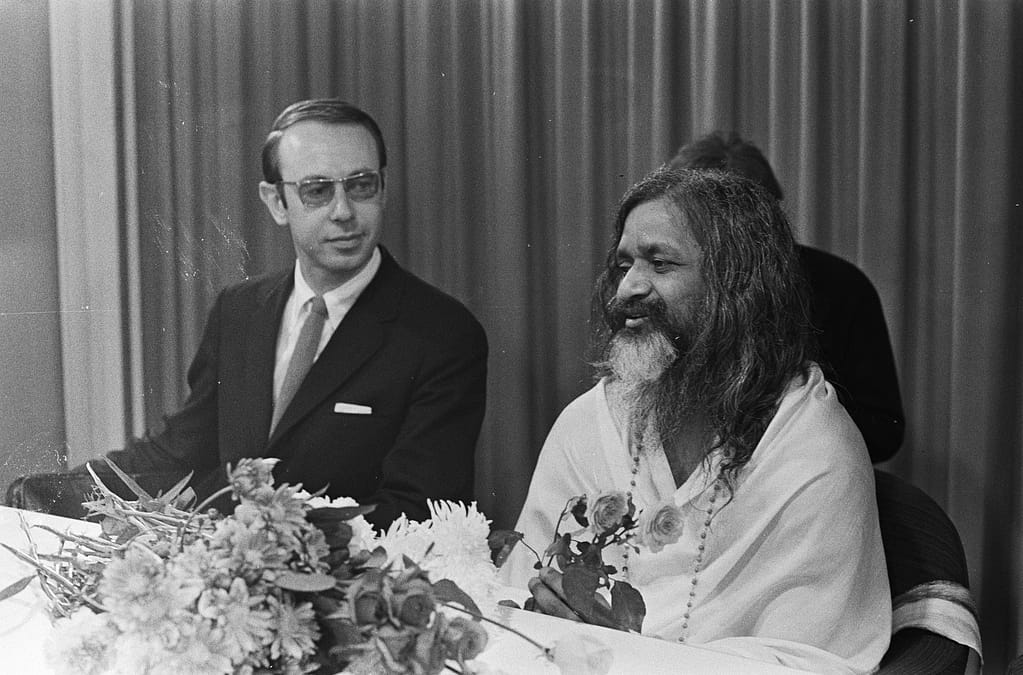
Maharshi Mahesh yogi in Amsterdam in 1967
Nepal and Sri Lanka
In Nepal, most people use Ayurveda as their primary healthcare. Sri Lanka has its own Ayurvedic tradition rooted in ancient texts, with differences in local herbs. The country supports the system through education, hospitals, and a dedicated ministry.
Global Reach
Outside South Asia, Ayurveda gained attention in the West from the 1960s onward. Figures like Baba Hari Dass and Maharishi Mahesh Yogi helped promote it. In places like the U.S. and Switzerland, Ayurveda is seen as alternative medicine. However, it is not licensed in the U.S., and regulatory bodies have raised concerns over safety and scientific evidence.
Scientific Scrutiny and Concerns
Ayurveda is often criticized for lacking a scientific foundation. Some herbs show potential in lab studies, but there is little evidence to support their effectiveness in treating serious diseases like cancer or heart conditions. Heavy metal contamination in Ayurvedic products is a major concern. Studies have found high levels of lead, mercury, and arsenic in some medicines, especially those bought online or over the counter.
Traditional texts claim these metals are detoxified during preparation, but modern science questions these claims. Many health warnings have been issued globally, including in Australia and the U.S., about the dangers of unregulated Ayurvedic products.
History
Historical Origins of Ayurveda
Some scholars believe that ideas related to Ayurveda may have existed as early as the Indus Valley Civilization, although this remains uncertain due to the undeciphered script of that era. The Atharvaveda, one of the ancient Hindu scriptures, contains hymns aimed at healing and warding off disease. According to traditional legends, Ayurveda was passed down from the creator god Brahma to Dhanvantari, an early divine physician. Other stories say it was based on a lost text by the sage Agnivesha.
Ayurveda in Modern Times
Ayurveda is one of the few ancient systems of medicine still widely practiced today. This longevity has drawn both admiration and criticism. Some argue that its core concepts are outdated and that it hasn’t fully embraced modern medical advancements. During the early 20th century in India, debates emerged between those who wanted to preserve the purity of classical Ayurveda and those who felt it should be modernized and combined with contemporary science. These debates continue today, both within India and internationally.
Foundational Texts
Although many early Ayurvedic writings have been lost, three key texts have survived: the Charaka Samhita, the Sushruta Samhita, and the Bhela Samhita. These are not single-authored works but evolved over time through contributions from various scholars. The Sushruta Samhita, for instance, is believed to be a compilation based on material from different sources, and was gradually developed into its present form between roughly the 2nd century BCE and 5th century CE.
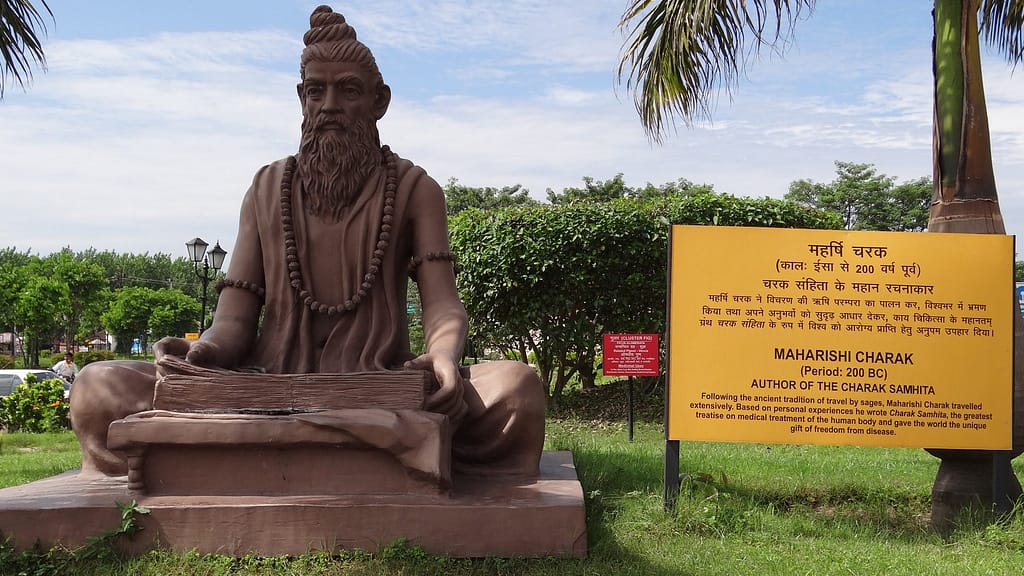
The Charaka Samhita is attributed to Charaka but was later revised by a scholar named Dridhabala. The Bhela Samhita, linked to the sage Atreya, also reflects revisions over time. Earlier assumptions that these texts date back to the 6th century BCE are now considered inaccurate by modern historians.
Spread and Influence
Other important Ayurvedic texts include the Astanga Nighantu by Vagbhata, the Paryaya Ratnamala by Madhava, and the Dravyaguna Sangraha by Chakrapani Datta. Over the centuries, Ayurveda evolved further through the contributions of many scholars.
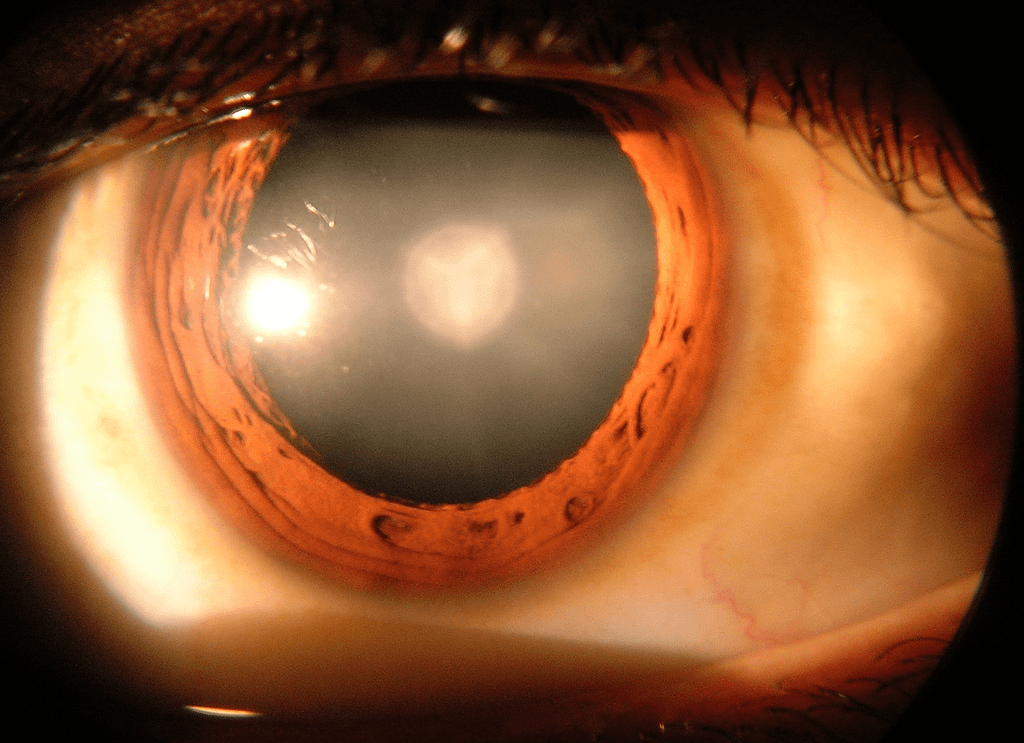
Cataract surgery and other surgical techniques are described in ancient Ayurvedic texts like the Sushruta Samhita, which includes methods for dealing with fractures, tumors, wounds, and even complex procedures like plastic surgery and caesarean sections. Treatments were also suggested for ailments like diabetes, heart conditions, and kidney stones.
Middle Ages to Modern Era
Ayurveda thrived during the Indian Middle Ages. Scholars such as Dalhana, Sarngadhara, and Bhavamisra compiled and expanded the body of Ayurvedic knowledge. Indian medical texts were translated into Chinese in the 5th century and into Arabic and Persian in the 8th century. These translations reached Europe by the 12th century and influenced medieval medicine there.
Indian surgical techniques, especially rhinoplasty, impressed European physicians during the 18th and 19th centuries. A notable breakthrough came in 1794, when reports of Indian nose reconstruction methods were published in Europe. British surgeon Joseph Constantine Carpue studied these techniques and performed one of the first successful rhinoplasties in the West using the Indian method.
Colonial and Post-Colonial Shifts
During British rule in India, there was some initial interest in local medical practices. A Native Medical Institution was set up in 1822 to teach both European and indigenous medicine. However, after the English Education Act of 1835, colonial policy shifted in favor of Western medicine and began to suppress traditional systems.
Following India’s independence, Ayurveda was revived as part of the national healthcare system. Ayurvedic hospitals were established throughout the country, although traditional treatments were not always integrated with mainstream medicine. Today, Ayurveda continues to evolve, balancing its ancient roots with modern scientific approaches.



